You can apply the term “Flycatcher” to many different species of birds. Some of the different types include Old-World, Tyrant, Fairy, Yellow, Monarch, and Silky Flycatchers. For our purposes, this article will focus on the Old-World family Muscicapidae, which contains over 300 different species! Read on to learn about the Flycatcher.
Description of the Flycatcher
These creatures are small songbirds that vary greatly in shape and appearance. However, as a whole their beaks are relatively short and wide to help capture insects in flight.
They range in size from 3.5 to 8 inches long. Their plumage, or feathers, is usually brown or tan, but some species have brighter coloration or bold patterns. Some other colors include black, white, grey, orange, blue, yellow, and more.
Interesting Facts About the Flycatcher
Researchers recognize hundreds of different species in the Muscicapidae family. With so many species to choose from, you have many different unique adaptations and traits. Learn more about some individual species below.
- Spotted Forktail – This species gives quite the fashion statement! True to its name, it sports a long, forked tail. Its plumage is a stark black against white, with speckling on the shoulders and banding on the tails.
- Tickell’s Blue Flycatcher – Researchers named this bird after Samuel Tickell, who studied birds in India. The species is quite beautiful, with bright blue plumage and an orange chest. Its population overlaps with the Pale-Chinned Blue Flycatcher, and the two species sometimes breed to create hybrid chicks.
- Mocking Cliff Chat – The Mocking Cliff Chat has black plumage on its back and chest, burnt orange on its underbelly, and the male has bright white patches at his shoulder. It lives in rocky areas and particularly prefers cliffs and ravines for its nest.
Habitat of the Flycatcher
Because these is such an immense diversity of species, these birds live in a wide variety of different habitats. They occupy many different ecosystem types, including your typical woodlands, forests, and scrublands.
However, they do live anywhere that they can find trees or cover, so you can find some species high in the mountains, on the edges of cliffs, and even in local suburbs or your backyard garden.
Distribution of the Flycatcher
These birds live across a wide range of Africa, Asia, and Europe. Some species live across vast areas while others only occupy a small range. Many populations overlap with other members of the Muscicapidae family, and some even produce hybrid young.
Diet of the Flycatcher
As you might have guessed by their name, these birds eat insects! Though some do feed on berries or fruit, nearly all species are insectivorous, and many specialize in a single type of insect, like flies or ants.
Some of the different types of prey that these birds catch include spiders, flies, gnats, worms, ants, termites, mayflies, earwigs, and more. Oftentimes, these birds snatch prey right out of the sky, but some do forage on the ground.
Flycatcher and Human Interaction
Human interaction impacts each bird differently, and different species suffer at different levels. Sometimes these birds have vast populations and even in areas with dense human populations they thrive. However, some species suffer when human interaction occurs, particularly habitat destruction, pollution, and the use of pesticides against their insect prey.
Domestication
Humans have not domesticated Flycatchers in any way.
Does the Flycatcher Make a Good Pet
No, these birds do not make good pets. Though some species are somewhat tame, most are not friendly towards humans. In many places it is illegal to own Flycatchers as pets.
Flycatcher Care
Care in zoos and aquariums varies from species to species. However, like most songbirds, zoos house these creatures in large aviaries with a variety of other birds.
Some aviaries even house other types of animals, like turtles, fish, and more. These aviaries provide a wide variety of trees and shrubs to explore, and often feature water features like streams and waterfalls.
Their diet varies from species to species. Zookeepers feed them crickets, mealworms, other insects, fruits, berries, and a commercially produced insectivore diet.
Behavior of the Flycatcher
With so many different species, it is no surprise that the behavior of these birds varies drastically. However, most are diurnal, or active during the day. Some species defend territories year-round or seasonally, while others do not.
Social behavior ranges by species. Some live in large flocks, others in small groups, and others are solitary and live alone outside of breeding season.
Reproduction of the Flycatcher
Different species utilize different nesting strategies. Some nest in trees and shrubs, others along cliff edges. Certain species don’t “build” nests at all, but line the insides of tree hollows.
The number of eggs, and incubation period vary. Many species lay between two and five eggs per clutch, but some produce much larger averages when they lay. The incubation period varies, and for many species hasn’t even been fully researched.



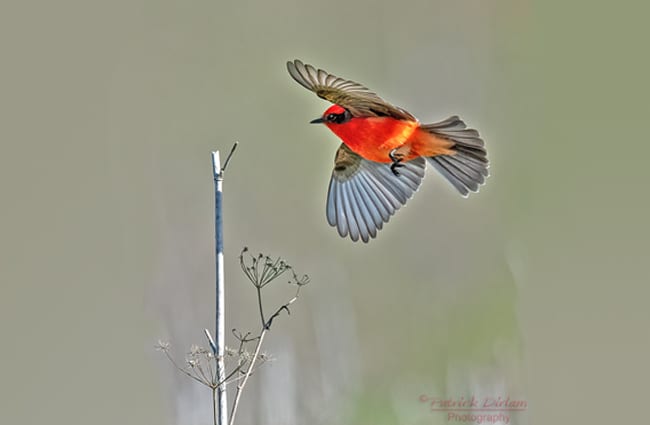

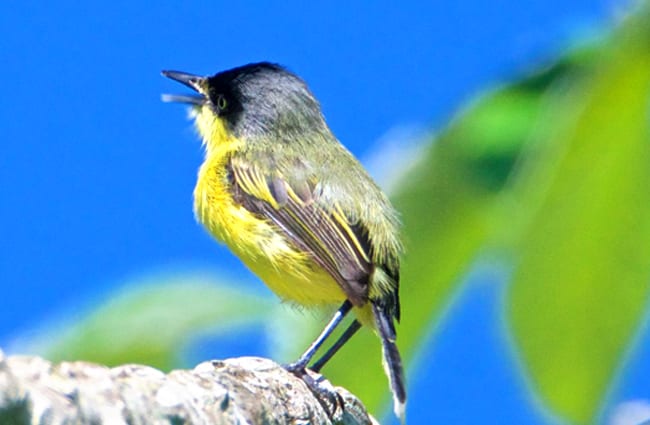
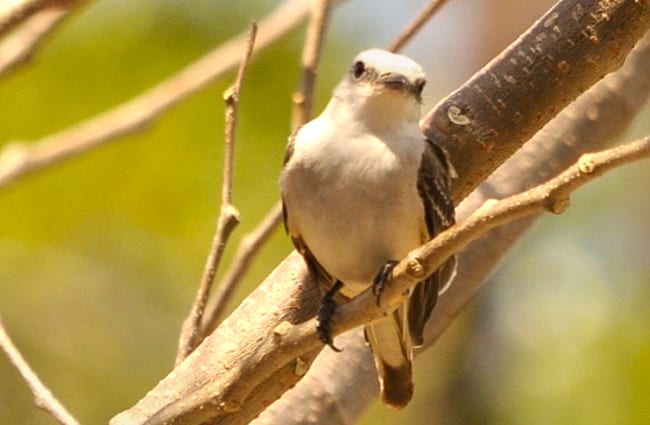

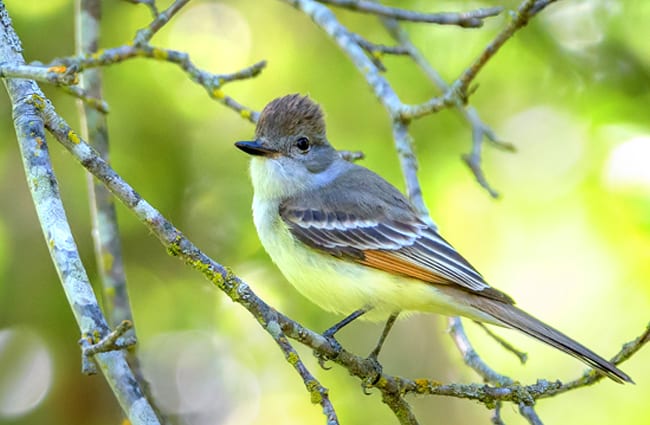
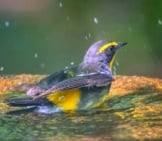
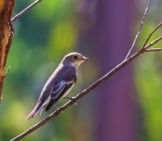
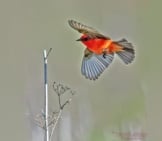
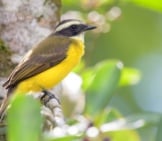

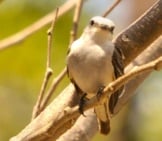

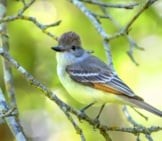
![Red Angus Closeup of a beautiful Red Angus cowPhoto by: U.S. Department of Agriculture [pubic domain]https://creativecommons.org/licenses/by/2.0/](https://animals.net/wp-content/uploads/2020/03/Red-Angus-4-238x178.jpg)












![Red Angus Closeup of a beautiful Red Angus cowPhoto by: U.S. Department of Agriculture [pubic domain]https://creativecommons.org/licenses/by/2.0/](https://animals.net/wp-content/uploads/2020/03/Red-Angus-4-100x75.jpg)

